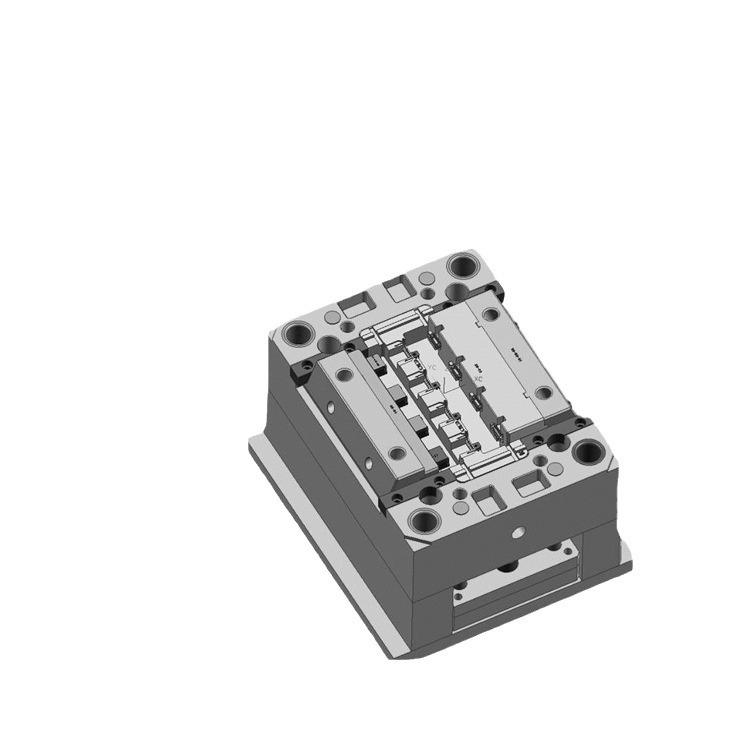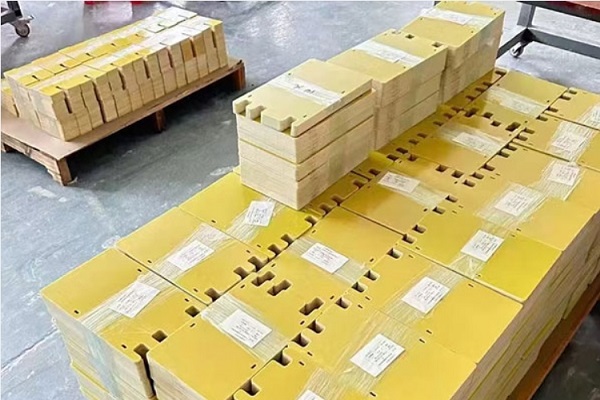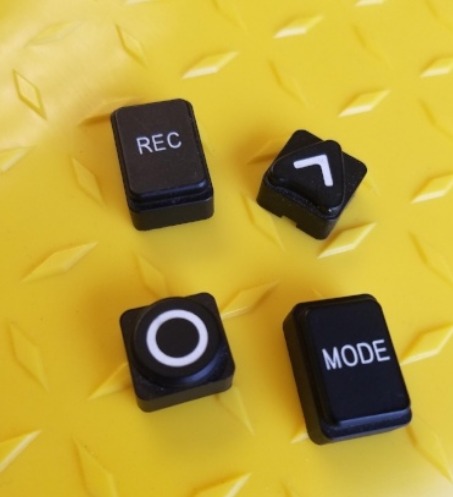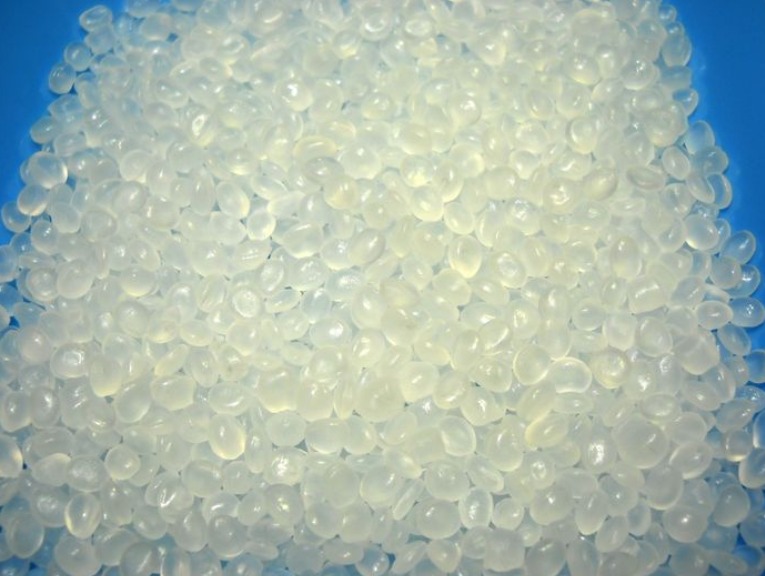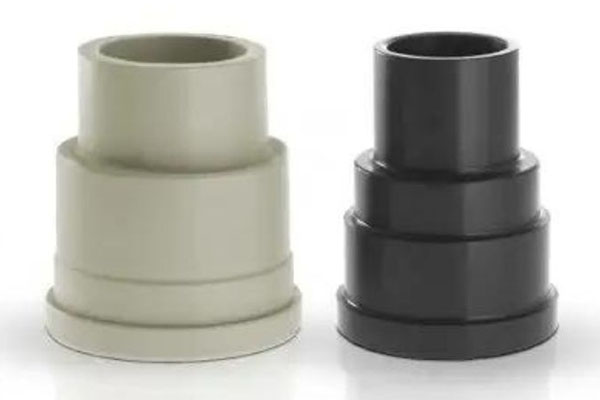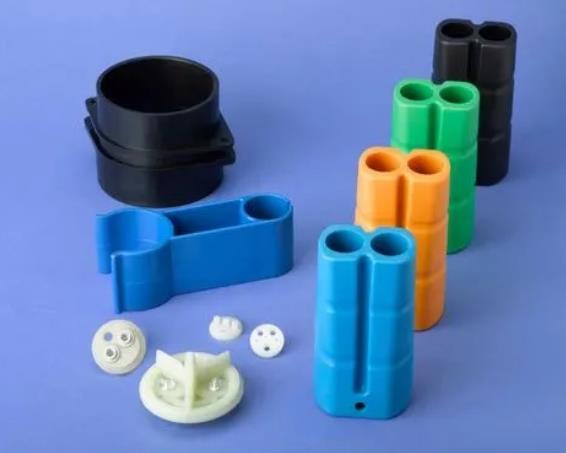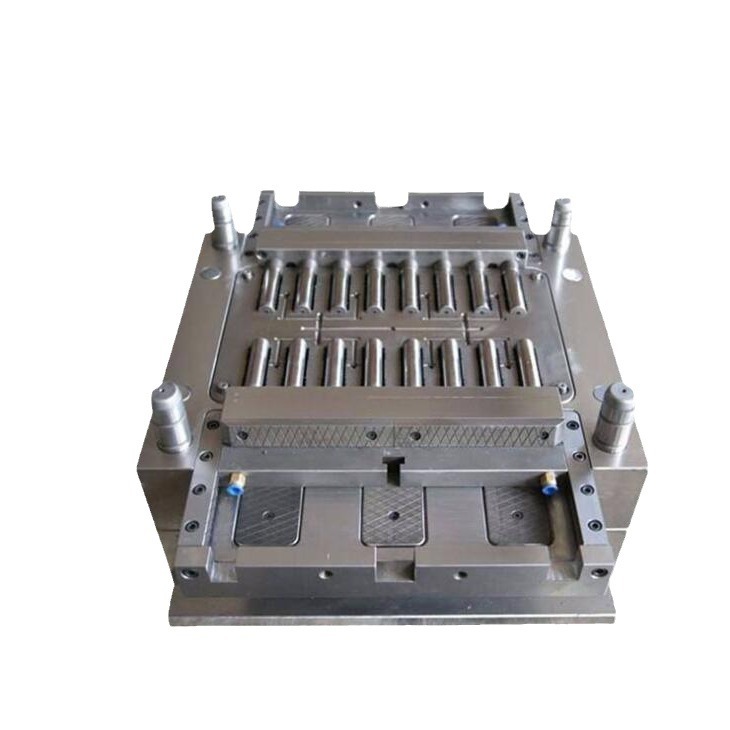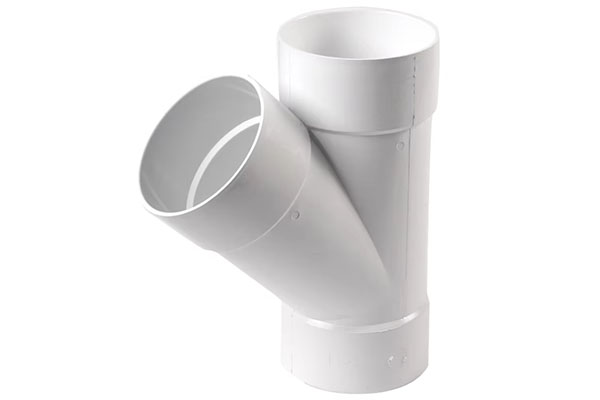Introduction
In the dynamic realm of modern manufacturing, the pursuit of adaptability and efficiency has become a cornerstone for businesses aiming to stay competitive. Reactive Injection Molding (RIM) has emerged as a game - changing technology, playing a pivotal role in unlocking the potential of adaptive manufacturing.
Traditional manufacturing methods often struggle to keep up with the rapidly evolving demands of the market, which call for quick turnarounds, customization, and high - quality production. Adaptive manufacturing, on the other hand, is all about the ability to adjust production processes in real - time, respond to changes in demand, and optimize resources. RIM is a key enabler in this new manufacturing paradigm.
RIM is a process where two or more reactive liquid components are mixed and injected into a mold cavity, where they rapidly react and polymerize to form a solid product. This method offers several distinct advantages over traditional injection molding and other manufacturing techniques. For Yigu Technology instance, it allows for the production of complex - shaped parts with high precision, and it can handle a wide range of materials, from polyurethanes to epoxies.
The significance of RIM in adaptive manufacturing lies in its flexibility. It can be easily integrated with digital technologies such as sensors, automation systems, and data analytics. These integrations enable manufacturers to monitor the RIM process in real - time, make instant adjustments to parameters like temperature, pressure, and injection speed, and ensure consistent product quality. In a world where supply chains are constantly disrupted and customer demands are ever - changing, RIM provides the agility that manufacturers need to thrive. As we delve deeper into this article, we will explore the mechanics of RIM, its applications, and how it is revolutionizing the landscape of adaptive manufacturing.
What is Reactive Injection Molding?
Definition and Basic Principle
Reactive Injection Molding (RIM) is a specialized manufacturing process that involves injecting two or more highly reactive liquid components, typically monomers or prepolymers, into a closed mold cavity. Once inside the mold, these components rapidly react with each other through a chemical reaction, usually polymerization. This reaction causes the liquid mixture to transform into a solid, taking on the shape of the mold cavity.
The basic principle behind RIM is centered around the precise control of the chemical reaction kinetics. The two reactive components are metered accurately and then impinged together at high speed just before entering the mold. This high - speed mixing ensures thorough homogenization of the components, which is crucial for a uniform reaction and consistent product quality. For Yigu Technology example, in the production of polyurethane parts using RIM, one component might be an isocyanate - based resin, and the other could be a polyol. When these two are combined, they undergo a polymerization reaction that results in the formation of a polyurethane polymer.
Key Components and Materials
- Key Components
- Injection Equipment: High - pressure injection units are essential for RIM. These units are designed to precisely meter and inject the reactive components at the required flow rates and pressures. For Yigu Technology instance, a typical RIM injection machine can operate at pressures ranging from 1000 to 3000 psi (pounds per square inch) to ensure proper mixing and filling of the mold.
- Mold: The mold in RIM is a critical component. It is usually made of metal, such as steel or aluminum, to withstand the high pressures and temperatures generated during the injection and curing process. The mold must have a smooth surface finish to ensure a high - quality surface on the final product. Additionally, it often includes channels for cooling water circulation to control the curing rate of the reactive materials.
- Mixing Head: This is where the two or more reactive components are combined. The mixing head is designed to provide efficient and thorough mixing in a short period. It uses techniques like high - speed impingement mixing or static mixing to ensure that the components are uniformly blended before entering the mold.
- Materials
- Polyurethane: One of the most commonly used materials in RIM. Polyurethane offers a wide range of properties, from soft and flexible elastomers to rigid foams and high - strength plastics. It has excellent abrasion resistance, high impact strength, and good chemical resistance. For Yigu Technology example, in automotive applications, polyurethane RIM parts can be used for bumpers, where their impact - absorbing properties are highly beneficial.
- Epoxy Resins: Epoxy - based RIM materials are known for their high strength, good adhesion, and excellent chemical resistance. They are often used in applications where high - performance and durability are required, such as in aerospace components or industrial tooling. Epoxy RIM parts can withstand harsh environmental conditions and mechanical stresses.
- Polyurea: Polyurea is another material used in RIM. It cures extremely fast, which makes it suitable for applications where rapid production cycles are desired. Polyurea RIM products have high tear strength, excellent corrosion resistance, and can be used in coatings, linings, and even in some cases for structural components.
The Link between Reactive Injection Molding and Adaptive Manufacturing
Customization Capabilities
One of the most significant aspects of RIM in adaptive manufacturing is its remarkable customization capabilities. Manufacturers can fine - tune the properties of the final product by adjusting the formulation of the reactive components. For Yigu Technology example, in polyurethane RIM, changing the ratio of the isocyanate to the polyol can result in products with different hardness levels. A higher proportion of isocyanate relative to polyol will lead to a more rigid polyurethane, while a lower ratio can produce a softer, more flexible material.
In terms of shape customization, RIM allows for the production of highly complex geometries. The ability to precisely control the injection and curing process means that parts with intricate internal structures, undercuts, and thin - walled sections can be fabricated. This is especially useful in industries such as automotive and aerospace, where components need to be optimized for both functionality and weight. For instance, an automotive interior component might require a specific shape to fit ergonomically in a vehicle, and RIM can produce such a component with the exact required shape and surface finish.
Rapid Prototyping and Production
RIM offers distinct advantages in rapid prototyping and small - batch production. In the product development cycle, speed is often of the essence. With RIM, companies can quickly produce prototypes to test the form, fit, and function of their designs. The short cycle times associated with RIM, which can be as low as a few minutes per part depending on the material and part complexity, enable rapid iteration. This means that designers can make changes to the design, produce a new prototype, and test it in a relatively short period, significantly reducing the overall development time.
For small - batch production, RIM is also a cost - effective solution. Traditional injection molding often requires high - volume production runs to offset the high cost of tooling. In contrast, RIM tooling costs are generally lower, making it viable for producing small quantities of parts. This is beneficial for niche markets, custom - made products, or products with short production cycles. For Yigu Technology example, a company producing a limited - edition line of consumer products can use RIM to cost - effectively manufacture the required components without having to invest in expensive high - volume production equipment.
Comparison with Traditional Injection Molding
| Comparison Aspect | Reactive Injection Molding (RIM) | Traditional Injection Molding |
| Production Efficiency for Small Batches | High, short cycle times per part (e.g., 2 - 5 minutes for some parts), suitable for quick turnaround of small quantities | Low, high tooling costs make small - batch production uneconomical as cycle times are relatively longer for setting up the process for small runs |
| Cost for Small - Batch Production | Low tooling costs, making it cost - effective for small - batch production. Material costs can be managed well due to precise metering of reactive components | High tooling costs. Material waste can be higher in small - batch production as the process is optimized for large - scale production |
| Product Complexity | Can produce highly complex parts with intricate internal structures and undercuts. The chemical reaction allows for flexibility in molding complex shapes | Limited in producing extremely complex parts without additional processes or complex multi - part tooling. Complex shapes may require more steps and higher costs to achieve |
| Material Range | Handles a wide range of reactive materials such as polyurethanes, epoxies, and polyurea, each with unique properties | Primarily used for thermoplastic materials, with a more limited range of material options for complex chemical reactions during the molding process |
Conclusion
Reactive Injection Molding (RIM) has emerged as a powerful force in the realm of adaptive manufacturing. Its unique combination of customization capabilities, rapid prototyping, and production efficiency, especially when compared to traditional injection molding, positions it as an essential technology for modern - day manufacturers.
The ability to produce highly customized parts with complex geometries, in short production cycles and at a reasonable cost for small - batch runs, makes RIM a go - to solution for industries that demand flexibility and quick response to market changes. Whether it's the automotive industry, which requires lightweight and durable components, or the aerospace sector, where high - performance materials and complex shapes are a must, RIM has proven its worth.
In Yigu Technology conclusion, RIM is not just a manufacturing process; it is a catalyst for change in the manufacturing landscape. It unlocks the door to adaptive manufacturing, allowing companies to stay competitive in an ever - evolving global market. As we move forward, it will be exciting to see how RIM continues to revolutionize the way products are designed, prototyped, and produced.
FAQs
- What are the main advantages of RIM over traditional injection molding for small - batch production?
RIM has lower tooling costs and shorter cycle times per part, making it more cost - effective for small - batch production. It can also produce more complex parts compared to traditional injection molding in small - scale production scenarios.
- Can RIM be used with a wide variety of materials?
Yes, RIM can handle materials like polyurethanes, epoxies, and polyurea, each offering unique properties such as high strength, good chemical resistance, and fast curing times.
- How does RIM contribute to the customization of products in adaptive manufacturing?
RIM allows for the adjustment of the formulation of reactive components, which can change the properties of the final product. It can also produce parts with highly complex geometries, enabling a high degree of product customization.
